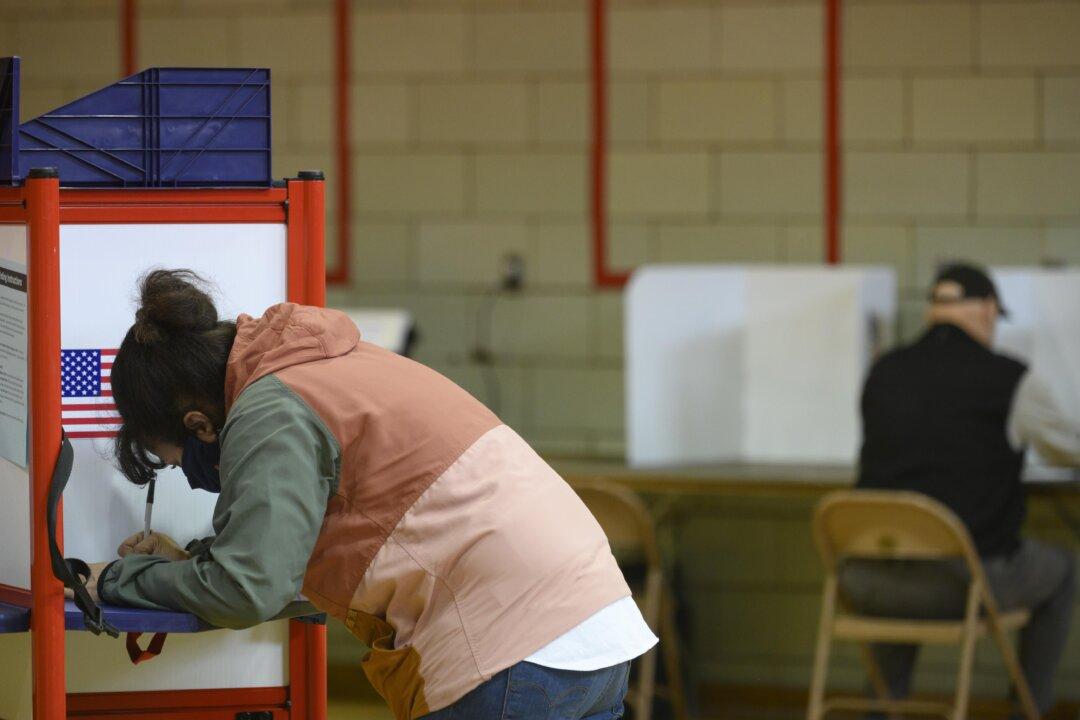Proponents of an Ohio abortion access amendment that will be on the November ballot feel confident that it will pass following the failure of Issue 1, a measure that would have made it more challenging to amend the Ohio state Constitution.
Issue 1 was decisively defeated by Ohio voters in a special election on Aug. 8 after millions of dollars in ad spending poured in from out of state on both sides. That trend is expected to continue as the focus has shifted to the November ballot measure that will enshrine abortion access in the state’s founding document if approved.





